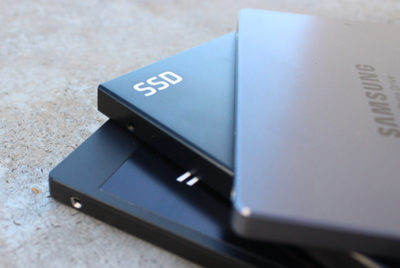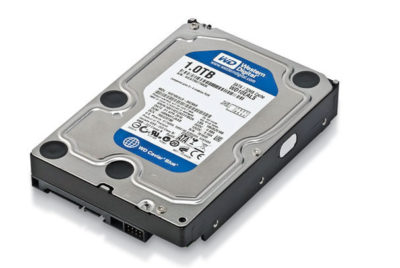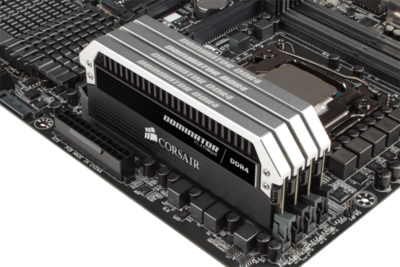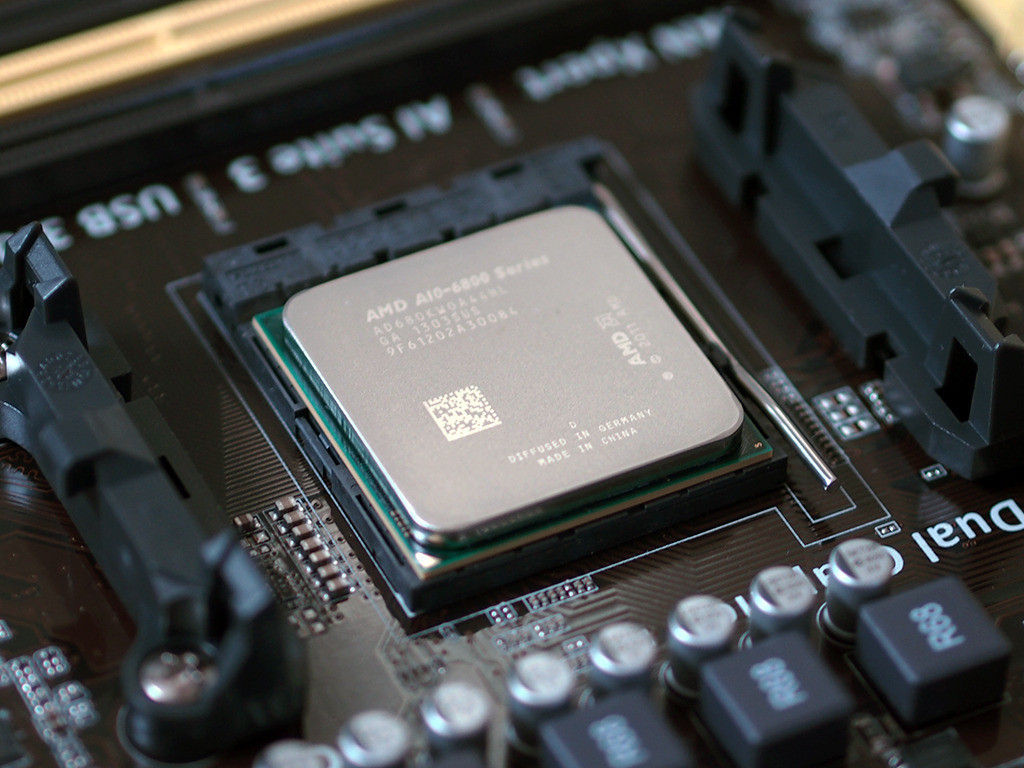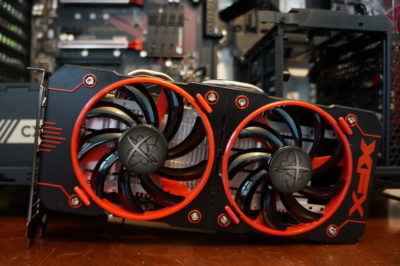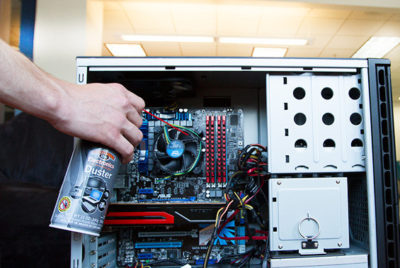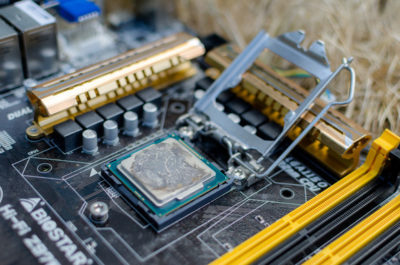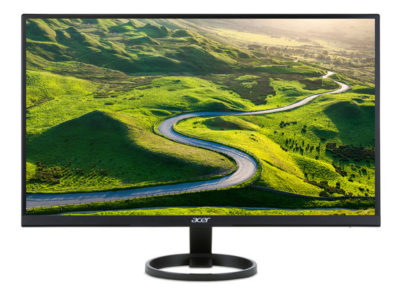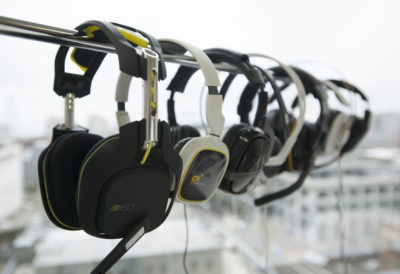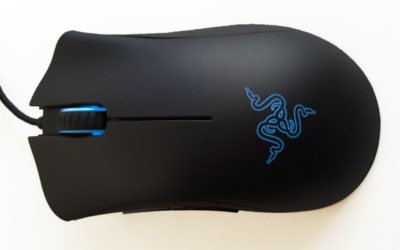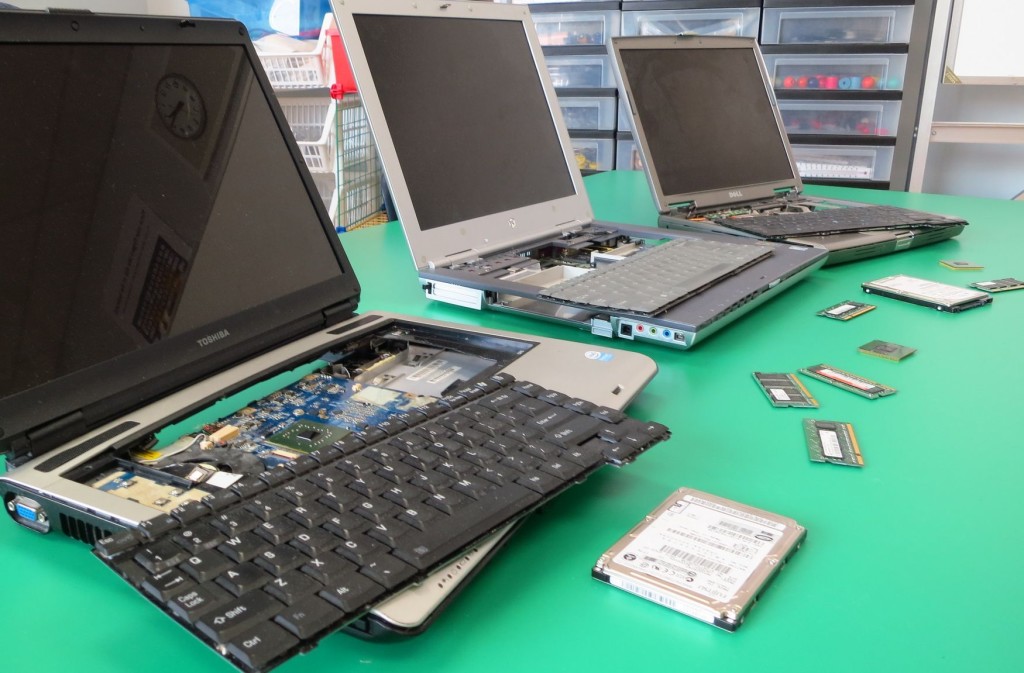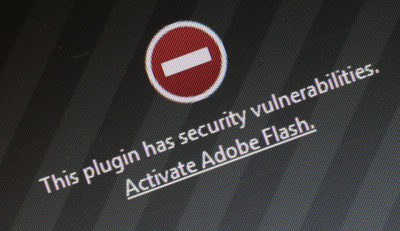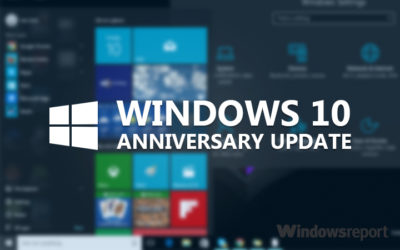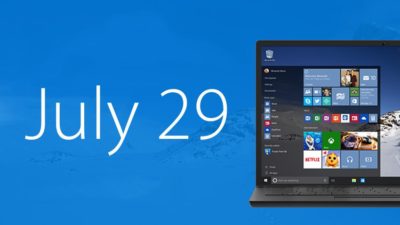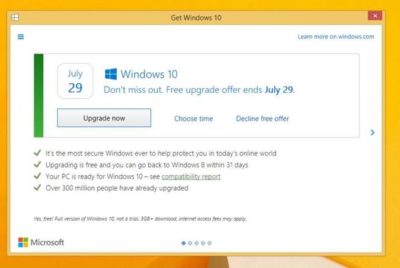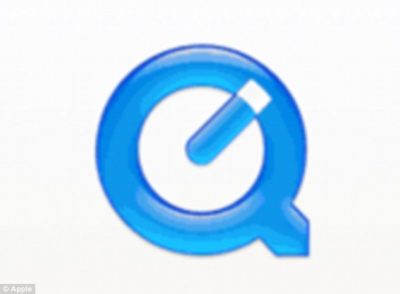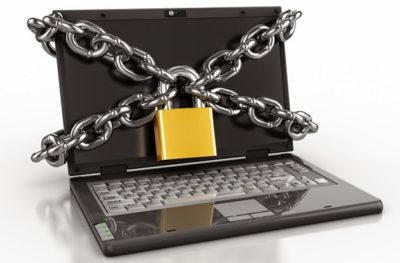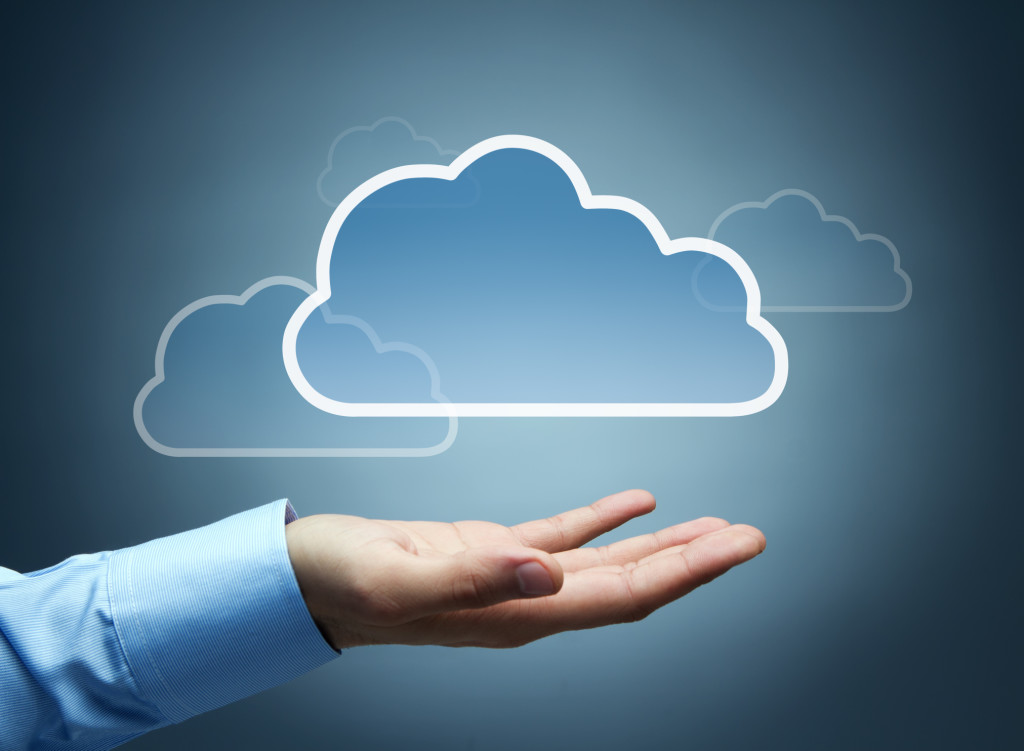According to a new study released by Softchoice, less than 1% of business machines have upgraded to Windows 10, opting instead for Windows 7.
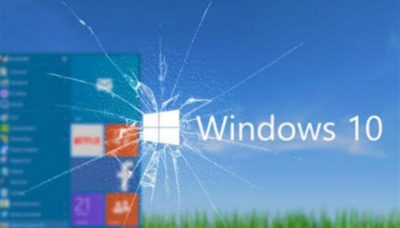
Windows 10 has been one of the more controversial OS releases of recent memory, bringing privacy concerns, bugs that disable certain hardware, and other nasty surprises. And the enterprise, it seems, is avoiding it altogether.
According to a recent study by IT services firm Softchoice, less than 1% of Windows machines were actually running Windows 10. That means that, one year after the release of the latest Microsoft OS, more than 99% of machines haven’t yet made the switch.
The study was performed as part of a TechCheck analysis by Softchoice, which looked at more than 402,814 Windows devices operating among 169 organizations. So, what were these firms choosing instead of Windows 10? Overwhelmingly, they were running Windows 7.
“It appears businesses are hesitant to take advantage of the various Windows 10 upgrades and, at least for now, are satisfied with Windows 7,” Softchoice’s David Brisbois wrote in a press release. “Historically, OS upgrades have been viewed as major time and resource-consuming undertakings, and this may be influencing the decision today to hold off on Windows 10.”
The Softchoice looked at these Windows machines in both US and Canadian firms from January 1, 2016 through May 31, 2016. At the time, only 2,999 devices were running Windows 10, which accounted for a grand total of 0.75% of the whole.
In terms of business break down, 42 of the 169 businesses (25%) had no trace of Windows 10 in their environment. Additionally, 73 of the 169 (43%) had fewer than 10 devices running Windows 10 present in their environment.
In contrast, 91% of the machines were operating with Windows 7, which marked an 18% increase over the same period of time in 2015. The next largest group were the Windows XP holdouts, which counted for 5% of the devices. Devices running Windows 8 were at 4%, which is double from the 2% measured the year prior.
“It seems businesses don’t see an urgent need to move operating systems, so long as their cloud-based applications are still running fine on Windows 7,” Softchoice’s Microsoft director Craig McQueen wrote in a press release. “In addition to the security benefits, I think once organizations grasp the user benefits—such as touch and Cortana—we will start to see a boost in adoption.”
Although, some of those features may not be enough to sway some users. Cortana, for example, has proven very difficult to get rid of, and other updates have led to frozen machines. The most recent Windows 10 Anniversary Update actually broke some third-party webcams, without a workaround or fix until September. That’s bad news for a business that relies heavily on video conferencing.
Still, there are a host of new features and tools that could make it easier to get work done.
The 3 big takeaways for Readers
- 1. A recent study by Softchoice has shown that less than 1% of enterprise organizations have upgraded their Windows devices to Windows 10, even a full year after the OS was released.
- 2. Most business were still running Windows 7, according to the study, as Windows 8 also saw poor adoption rates after its release.
- 3. A plethora of concerns over privacy and functionality, combined with the effort it takes to upgrade a whole organization, likely led to the low adoption numbers for Windows 10.
Have questions?
Get answers from Microsofts Cloud Solutions Partner!
Call us at: 856-745-9990 or visit: https://southjerseytechies.net/
South Jersey Techies, LL C is a full Managed Web and Technology Services Company providing IT Services, Website Design Services, Server Support, Network Consulting, Internet Phones, Cloud Solutions Provider and much more. Contact for More Information.
To read this article in its entirety click here.




